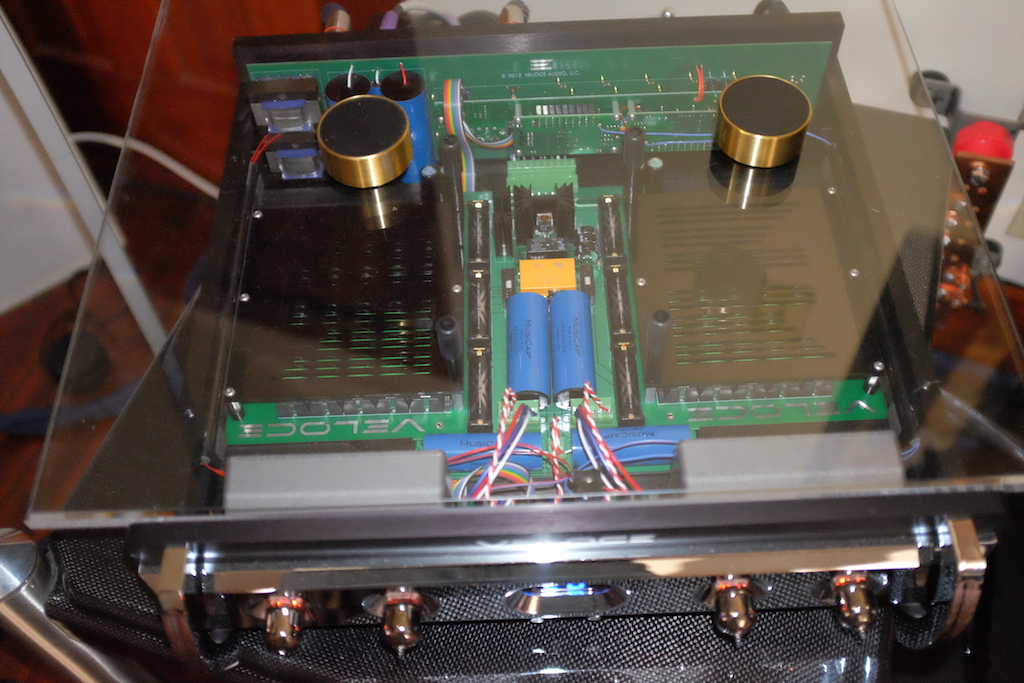I had a Steelhead before they offered remote control but after the first batch. I rolled the tubes on the audio path, using NOS Tele, Siemens and old Raytheons for the 7044. I could never get it to gel in my system, especially using the MC autoformers. I ran it wide open, at that time using a Lyra Titan I (which I think was their best then) and the original Airtight PC-1 (later upgrade to a Supreme). I added a line stage- Lamm L2 Reference, then a Veloce (which is up to date as of this writing) and eventually migrated to an entirely different room, with a number of small changes. I also changed phono stages.
One of the things I found in listening was a slight electronic glaze from the Steelhead which was a constraint to more natural, flowing analog sound. I think every person has their own biases, and their choices-assuming no price constraint- are limited by what they have heard.
The Steelhead in my estimation sounded better with a line stage than using its passive volume control. Thing is really well built, quite flexible, and Eva is a saint.


